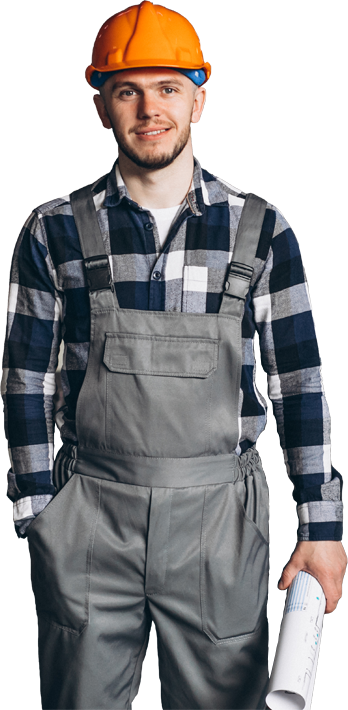FAQ's for Galvanizing
Zinc metal used in the galvanizing process provides an impervious barrier between the steel substrate and corrosive elements in the atmosphere. It does not allow moisture and corrosive chlorides and sulfides to attack the steel. Zinc is more importantly anodic to steel. This means it will corrode before the steel, until the zinc is entirely consumed.
Pre-inspection – where the fabricated structural steel is viewed to ensure it has, if necessary, the proper venting and draining holes, overall design parameters which are necessary to yield a quality galvanized coating
Cleaning – steel is immersed in a caustic solution ( Degreasing Solution ) to remove oil. Grease, dust and dirt, This is followed by dipping in an acid bath (hydrochloric) to remove mill scale, rust, & finally dipped in bath of flux that promotes zinc & steel reaction, retards further oxidation (steel will not react with zinc unless it is perfectly clean)
Galvanizing – the clean steel is dipped into a kettle containing 4500C molten zinc where the steel. zinc metallurgically reacts to form three zinc-iron inter-metallic layers and one pure zinc layer
Final inspection – the newly galvanized steel is sight-inspected, followed up by measurement of coating thickness with a magnetic thickness gauge

